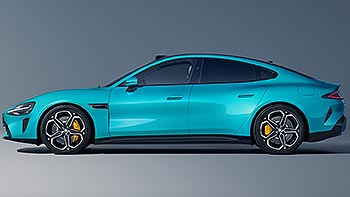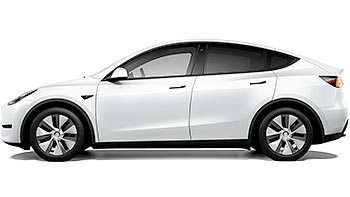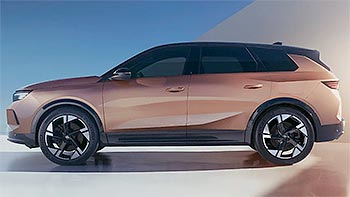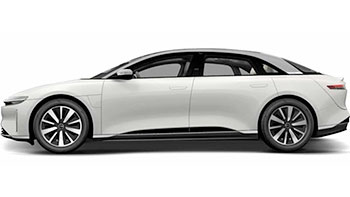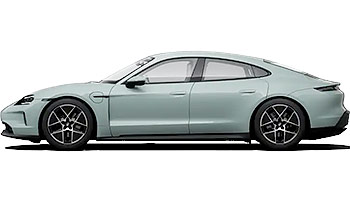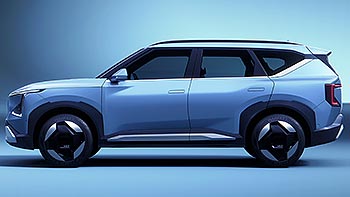Honda joins forces with GAC and Dongfeng, CATL Qilin battery production starts this year

Honda China, GAC Group and Dongfeng Motor signed an agreement to set up HDG Beijing Trading Service Co Ltd. This new joint-venture will handle battery procurement on behalf of the three companies.
Honda, who already has a JV with both of the Chinese automakers, will hold 50% stake in the new company. CATL and Honda signed a strategic partnership agreement to build a long-term relationship with a focus on battery supplies.
 Honda e:NS1
Honda e:NS1
HDG Beijing Trading will handle all battery procurement from CATL on behalf of the three companies, rather than each one of them negotiating its own supplies. CATL is building a new battery plant in Yichun, Jiangxi province and Honda will cooperate with the battery giant in production and battery recycling.
The new venture of Honda, CATL, GAC and Dongfeng will further strengthen Honda’s position in China, where the company is planning to launch its e:N electric car brand. The company wants to launch 10 new electric models by 2027. Honda e:NS1 was the very first EV from the Japanese automaker to be launched in China and it was followed by the unveiling of the e:NP1 in June.
 GAC Honda e:NP1
GAC Honda e:NP1
CATL on the other hand, is accelerating its manufacturing efforts and just announced that the initially planned production of Qilin batteries will be brought forward. The company wanted to start manufacturing in 2023, but it has now moved the start to this year.
Zeekr is the first automaker to take advantage of new batteries and will install them in its Zeekr 009 electric MPV. Company’s existing model, the Zeekr 001 will have the new battery available as an option with a claimed 1,000+ km driving range.
Huawei’s AITO brand didn’t wait too long either and signed a supply contract for the Qilin batteries with CATL as well.
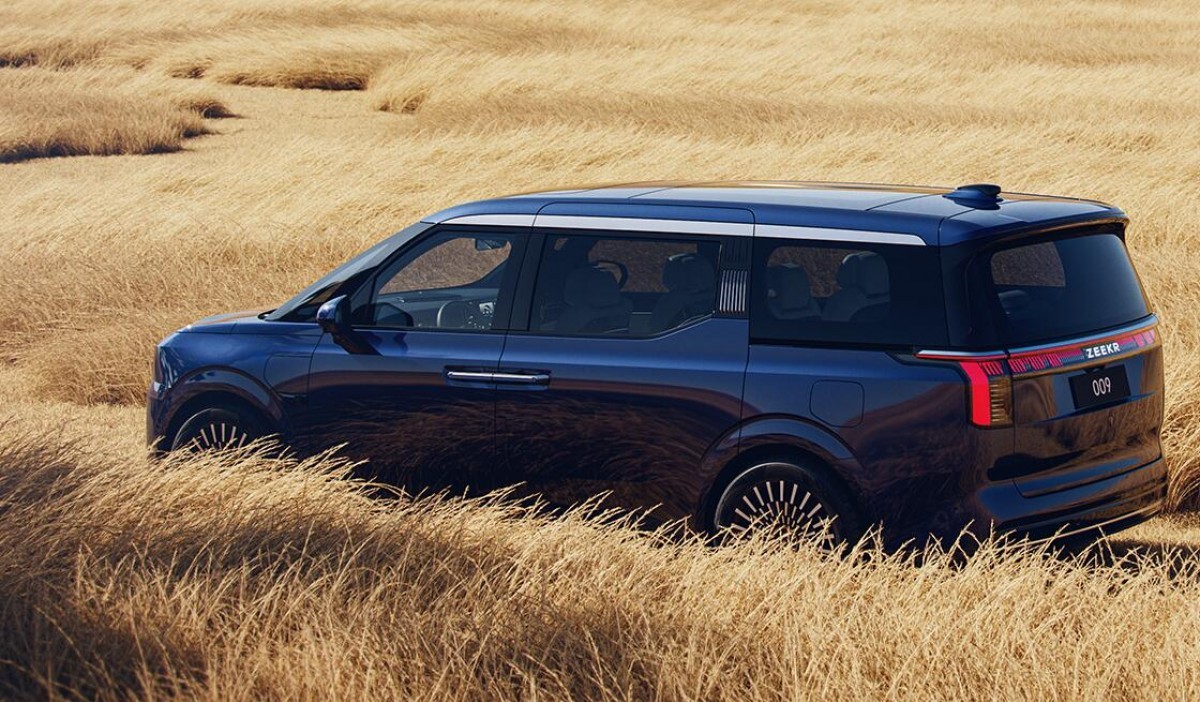 Zeekr 009 will be the first EV to feature Qilin battery
Zeekr 009 will be the first EV to feature Qilin battery
Initially, the new batteries will be more expensive than the current CTP 2.0 cells from CATL, due to high use of nickel in the cathode and the complicated water cooling system. Once the mass production is underway, the costs are predicted to go down to a comparable level with current cells.
The CTP 3.0 Qilin batteries require new production equipment and this reflects the initial higher costs as well, unfortunately the new batteries cannot be produced in the same environment as the current CTP 2.0 cells.
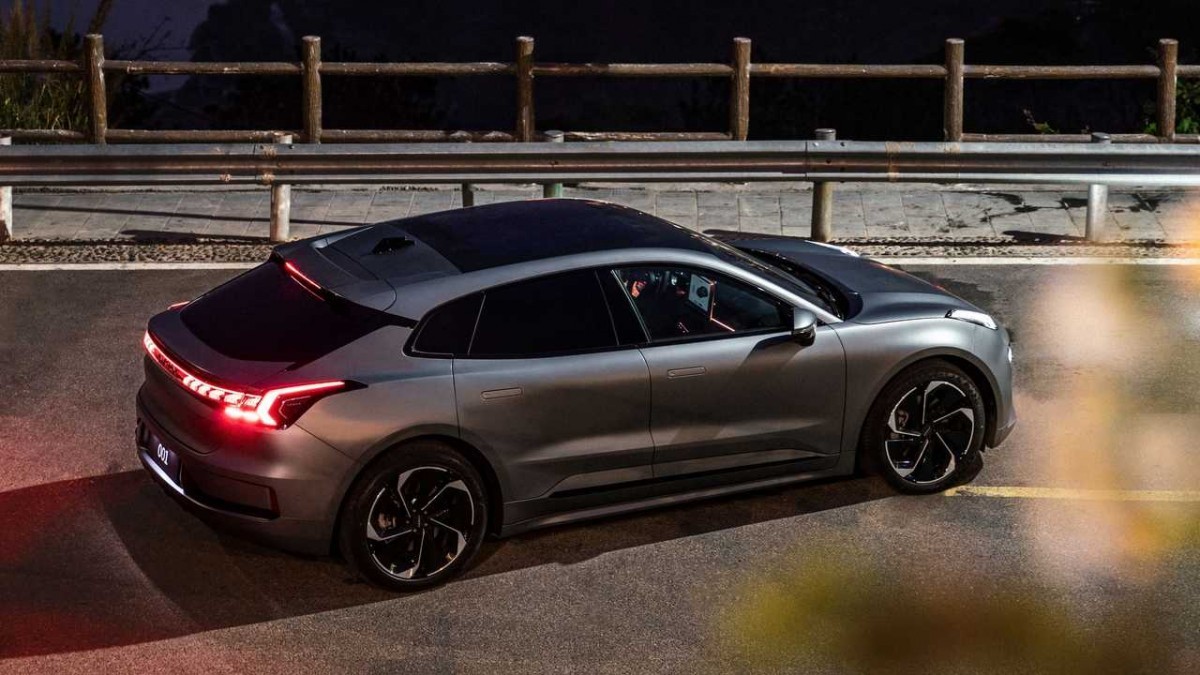 Qilin battery from CATL will be available in the Zeekr 001 as well.
Qilin battery from CATL will be available in the Zeekr 001 as well.
Additionally, the CTP 3.0 is more versatile in its design, it has a sandwich design that can be easily adapted to different requirements. For now, Qilin technology is a bit more difficult to work with and offers less flexibility to car manufacturers. This will hopefully change as technology matures.
New battery technology will always be more expensive, it will directly impact the prices of EVs initially but eventually, once yields improve, the costs will go down. The point is that we are getting a 255Wh/kg battery comparable to Tesla’s 4680 cells at - eventually - lower costs and higher utilization.
Related
Reader comments
Nothing yet. Be the first to comment.












